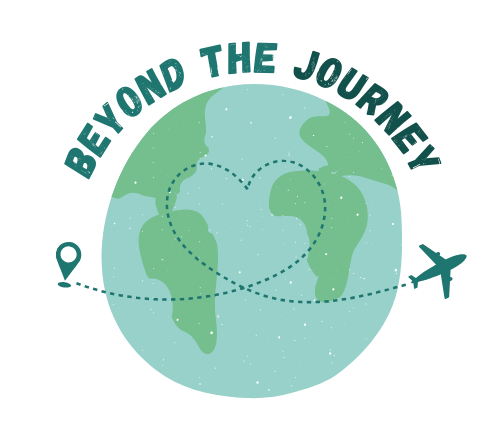I’ve Traveled To 10 Intense Destinations I’ll Always Remember – And 5 I’d Caution Against
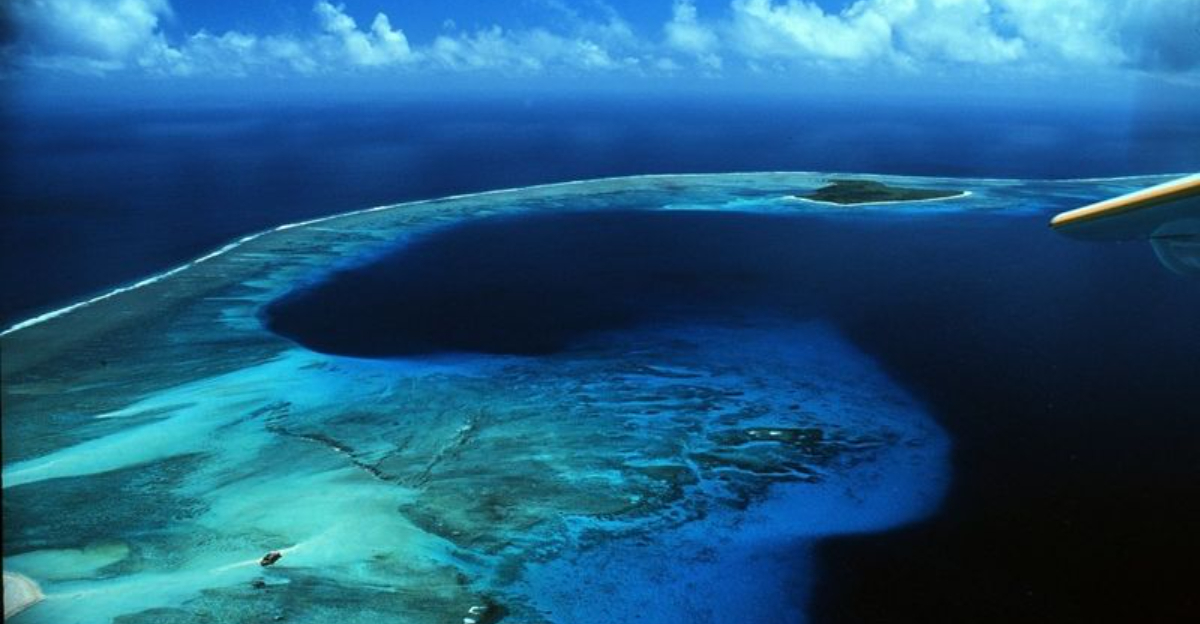
Adventure doesn’t whisper to everyone sometimes, it shouts. I’ve chased that call to the edges of my comfort zone, collecting unforgettable stories and life-changing lessons.
From breathtaking highs to moments of “never again,” each trip shaped how I see the world. Some gave me magic; others gave me warnings. But all of them made me who I am.
1. Socotra Island, Yemen – Nature’s Alien Landscape
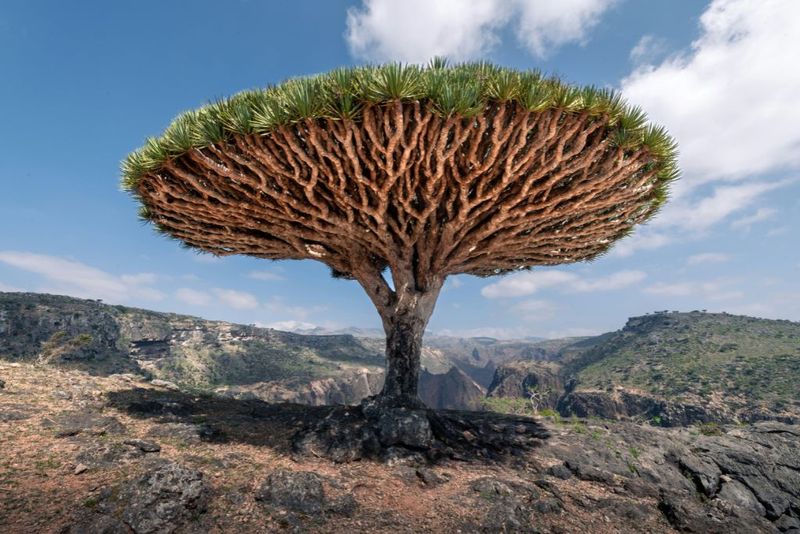
When I first set foot on Socotra, it felt like stepping onto another planet. The dragon blood trees looked like giant umbrellas scattered across an otherworldly landscape.
This isolated island sits in the Arabian Sea, cut off from mainland Yemen for millions of years. Evolution worked its magic here, creating plants and animals found nowhere else on Earth.
Getting there requires careful planning and local guides, but the experience rewards you with nature’s most incredible art show. The island’s beauty stays with you long after you leave.
2. Mount Washington, New Hampshire – Weather’s Fury Unleashed
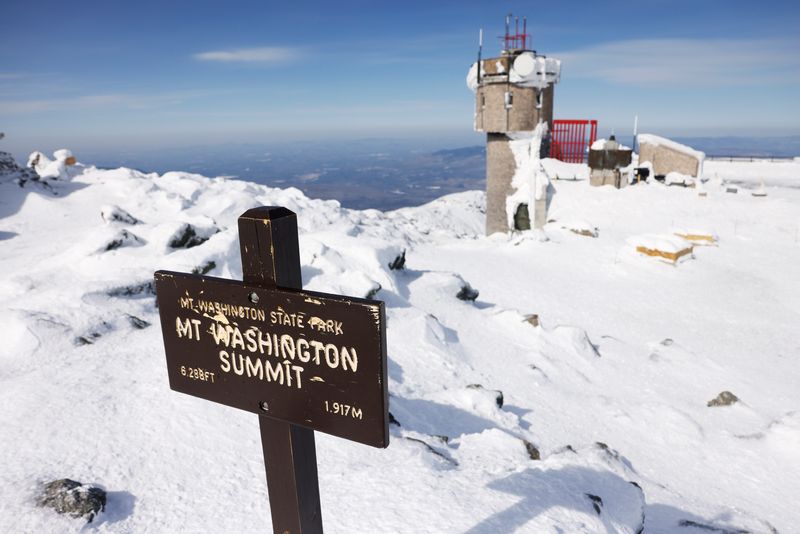
Mount Washington holds the world record for the strongest surface wind ever recorded at 231 mph. Standing on that summit during a storm makes you feel incredibly small.
The weather changes faster than you can blink. One moment you’re hiking in sunshine, the next you’re battling freezing rain and winds that knock you sideways.
Despite being only 6,288 feet tall, this mountain has claimed more lives than many peaks twice its height. The combination of unpredictable weather and exposed terrain creates conditions that demand respect and preparation.
3. Death Valley, California – Earth’s Hottest Furnace
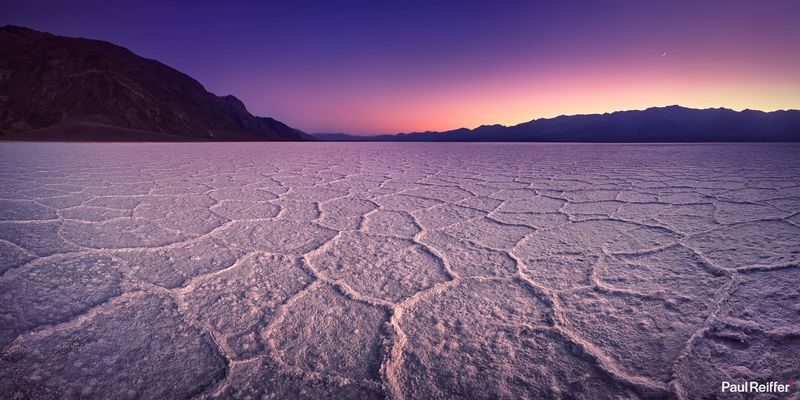
At 134°F, Death Valley holds the official record for the hottest air temperature ever recorded on Earth. Walking across the salt flats feels like being inside an oven.
The landscape stretches endlessly in every direction, creating a beautiful but deadly maze of canyons and valleys. Your water disappears faster than you think possible.
Yet this harsh environment supports surprising life forms and offers some of the most stunning sunrises you’ll ever witness. The silence here is so complete it almost has weight.
4. Antarctica – The Last Wilderness
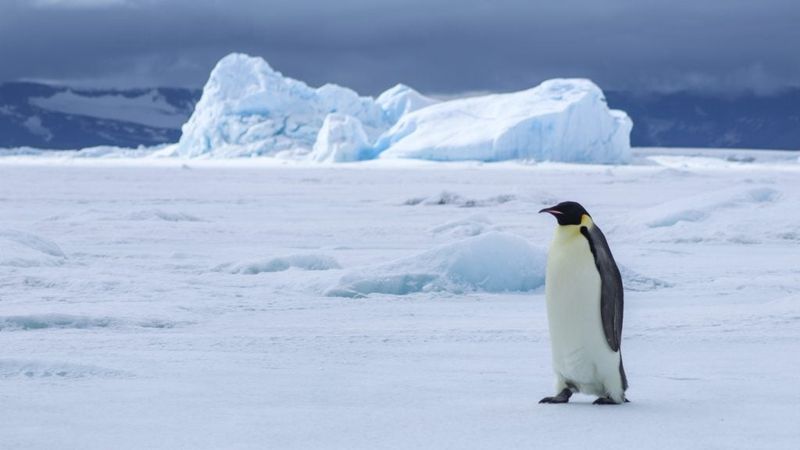
Antarctica strips away every comfort you take for granted. The cold penetrates layers of clothing you didn’t know you needed, and the wind carries sounds for miles.
Watching thousands of penguins waddle across ice sheets creates moments of pure joy. The silence between wind gusts feels sacred, like nature holding its breath.
Every step requires careful thought because rescue might be days or weeks away. But standing on the bottom of the world changes your perspective on what really matters in life.
5. Kamchatka Peninsula, Russia – Land of Fire and Ice
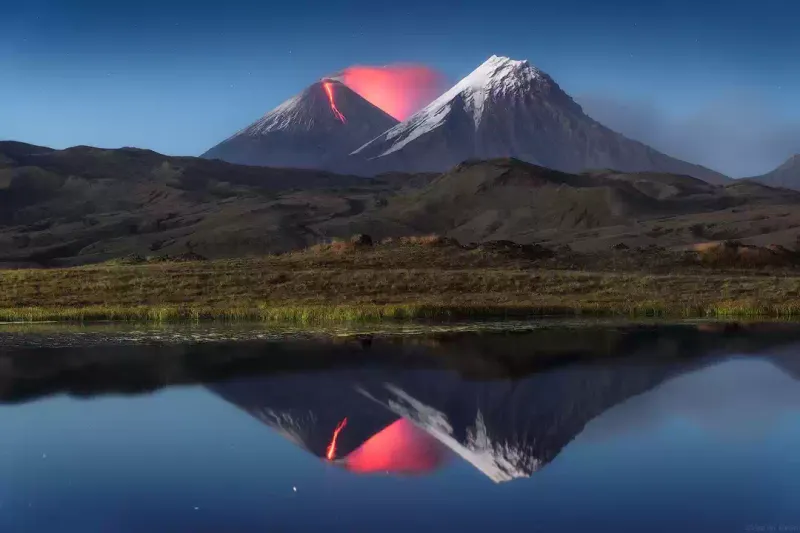
Kamchatka feels like stepping back in time to when Earth was young and wild. Active volcanoes steam next to glaciers, creating landscapes that defy logic.
Brown bears outnumber humans here, and they’re not shy about reminding you who really owns this land. Helicopter rides over volcanic craters reveal a planet still very much alive.
The remoteness means every supply must be flown in, making even basic meals feel like luxury. Hot springs bubble up from the ground, offering warmth in this frozen wilderness.
6. Raja Ampat, Indonesia – Underwater Paradise
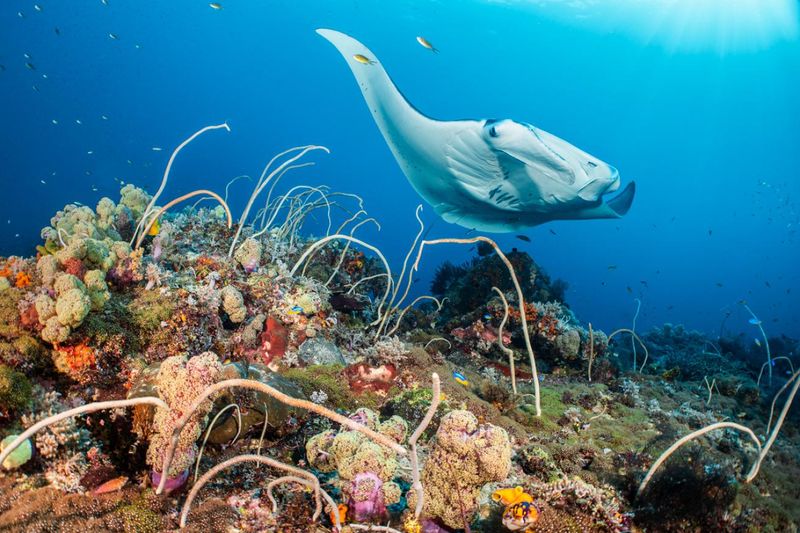
Raja Ampat holds more marine species than anywhere else on Earth. Every dive reveals creatures that look like they swam out of a fantasy novel.
The currents here can sweep you away in seconds, making each underwater adventure a calculated risk. But swimming alongside manta rays the size of small airplanes makes every precaution worthwhile.
Local communities protect these waters with fierce dedication. Their traditional knowledge about tides and weather patterns often means the difference between safe diving and dangerous situations.
7. Faroe Islands – Nordic Drama at Its Peak
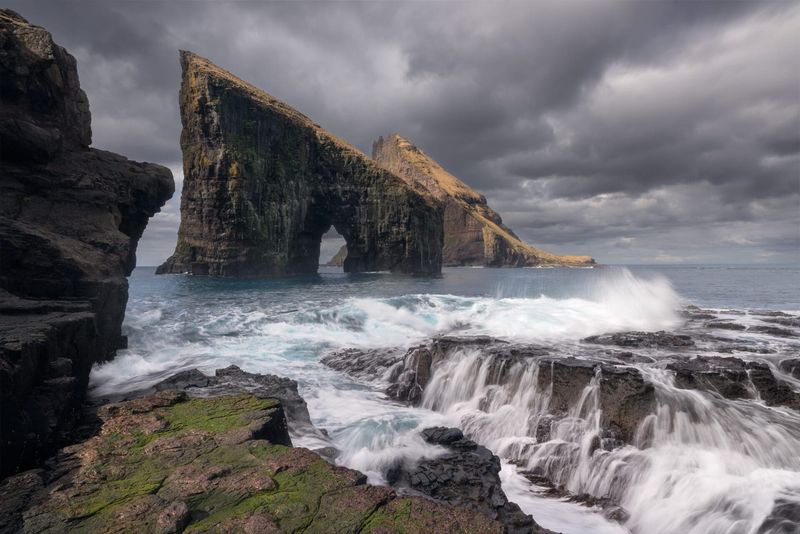
Weather in the Faroes changes faster than your mood on a Monday morning. One minute you’re photographing green cliffs, the next you’re running from horizontal rain.
The islands sit exposed in the North Atlantic, catching every storm system that passes through. Winds regularly exceed 100 mph, making simple walks feel like extreme sports.
But when the sun breaks through the clouds, the landscape glows with colors you’ve never seen before. Grass-roof houses dot valleys that look straight out of fairy tales.
8. Atacama Desert, Chile – Mars on Earth
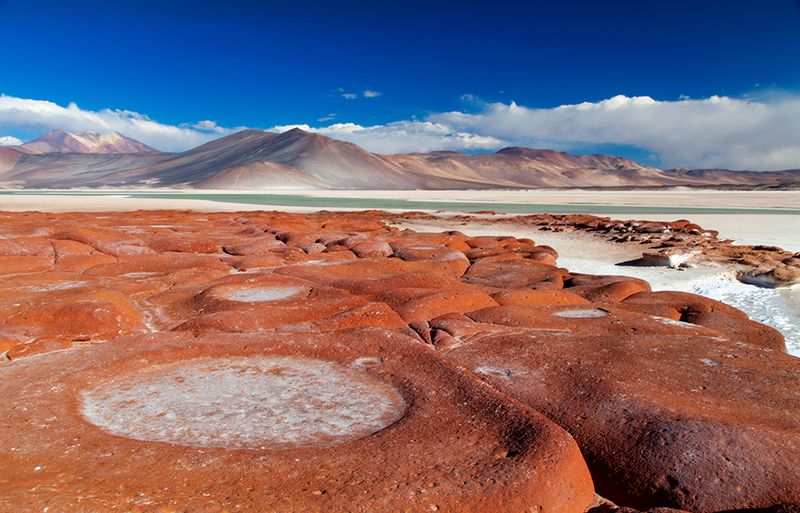
NASA tests Mars equipment in the Atacama because it’s the closest thing to another planet we have on Earth. Some weather stations here have never recorded rainfall.
The altitude combines with extreme dryness to create conditions that challenge every system in your body. Headaches and nausea hit without warning.
Yet this seemingly lifeless landscape hides microorganisms that survive in conditions impossible anywhere else. Sunsets here paint the sky in colors that cameras can’t capture, making the harsh journey worthwhile.
9. K2 Base Camp, Pakistan – The Savage Mountain’s Shadow
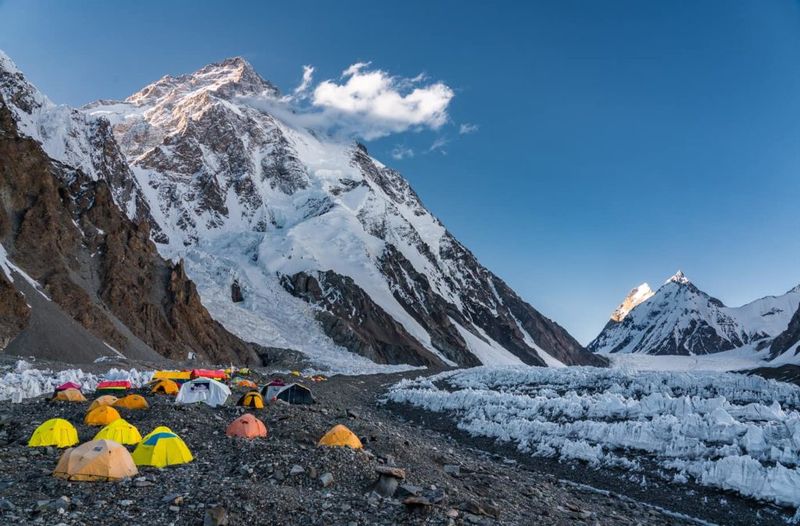
K2 earns its nickname ‘Savage Mountain’ through sheer brutality. Even reaching base camp tests your limits as altitude sickness and unpredictable weather create constant challenges.
The mountain looms above camp like a sleeping giant that might wake up angry. Avalanches thunder down slopes regularly, reminding everyone of the power surrounding them.
Fellow trekkers become family quickly when you’re sharing extreme conditions. The camaraderie formed at 16,000 feet creates bonds that last lifetimes, forged by shared struggle and mutual dependence.
10. Svalbard, Norway – Polar Bear Territory

In Svalbard, polar bears have right of way, and locals carry rifles as casually as others carry umbrellas. The Arctic cold penetrates every layer of clothing.
During polar night, darkness lasts for months, creating a psychological challenge as intense as the physical one. Northern lights dance overhead like nature’s own light show.
The permafrost beneath your feet holds secrets from thousands of years ago. This frozen museum preserves everything from mammoth bones to perfectly intact vegetation, making each step a journey through time.
11. Danakil Depression, Ethiopia – Hell on Earth (CAUTION)
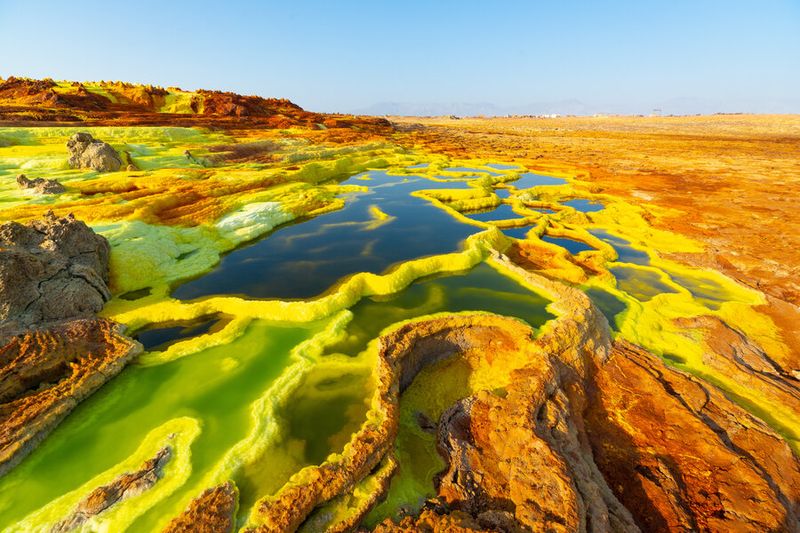
The Danakil Depression sits 400 feet below sea level and regularly reaches temperatures of 145°F. Active volcanism creates landscapes that look like biblical descriptions of hell.
Salt miners work in conditions that would kill most people within hours. The air burns your lungs, and the ground can literally melt your shoes.
Security concerns add another layer of danger, as this region sits in a politically unstable area. Multiple factors combine to create risks that outweigh the incredible geological wonders you’ll witness.
12. North Sentinel Island, India – The Forbidden Island (CAUTION)
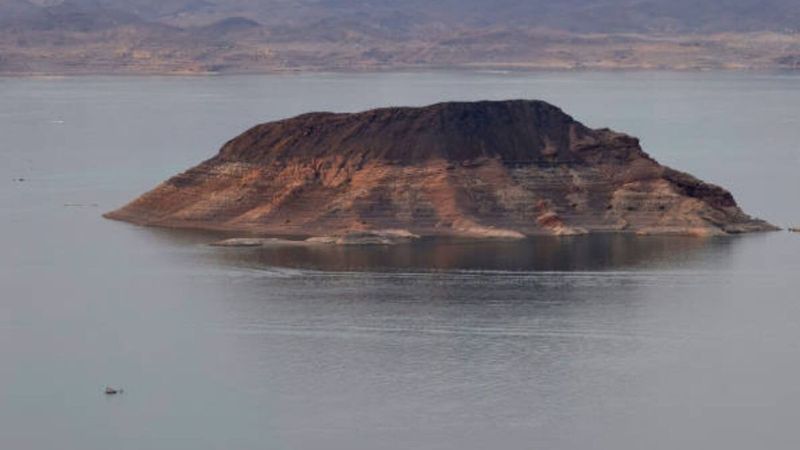
The Sentinelese people have made their position crystal clear: visitors are not welcome, and they’ll defend their island with deadly force. Indian law prohibits contact for good reason.
This isn’t just about respecting indigenous rights, though that’s paramount. The tribe has no immunity to outside diseases, making any contact potentially genocidal.
Several people have died attempting to reach this island, including a missionary in 2018. The combination of hostile inhabitants and legal restrictions makes this destination completely off-limits for responsible travelers.
13. Snake Island, Brazil – Venomous Nightmare (CAUTION)

Snake Island hosts one of the world’s deadliest snakes, the golden lancehead, with venom so potent it melts human flesh. The Brazilian government banned civilian access for obvious reasons.
Estimates suggest one snake per square meter across the island. These snakes evolved extra-potent venom to kill birds before they can fly away.
Even trained researchers require extensive safety protocols and medical support. The risk of death from a single bite, combined with the island’s remote location, makes this destination unsurvivable for unprepared visitors.
14. Bikini Atoll, Marshall Islands – Radioactive Paradise (CAUTION)
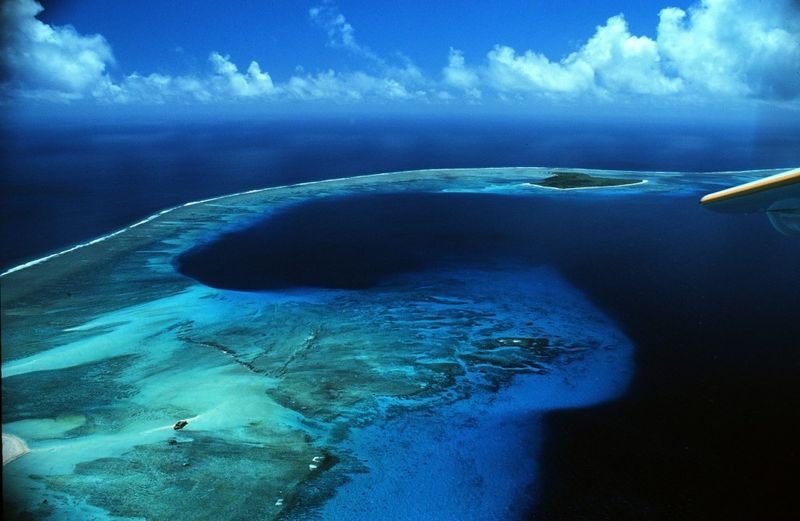
Bikini Atoll looks like a tropical paradise, but decades of nuclear testing left radiation levels that remain dangerously high. The beautiful lagoon hides invisible killers.
Local fruits and coconuts still contain radiation levels far above safe limits. The coral reefs have recovered remarkably, but the land remains contaminated.
While some diving operations exist, the long-term health risks from radiation exposure make this destination questionable. The stunning underwater life isn’t worth the potential consequences to your health and future generations.
15. Lake Natron, Tanzania – The Deadly Beauty (CAUTION)
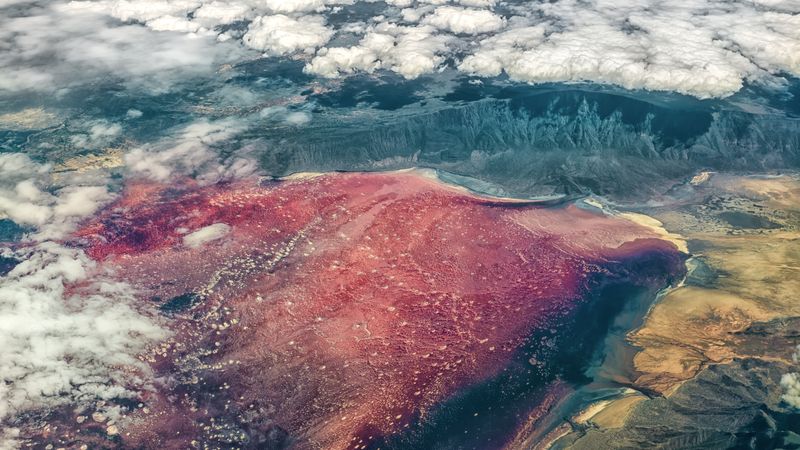
Lake Natron’s pH levels reach 12, making it almost as alkaline as ammonia. The water literally burns skin and can blind you if it splashes in your eyes.
Dead animals calcify in the water, creating eerie sculptures that photographers love but that demonstrate the lake’s lethal nature. The smell of hydrogen sulfide adds to the hostile environment.
While flamingos have adapted to feed here, humans haven’t. The combination of caustic water, toxic gases, and extreme temperatures creates conditions that can quickly become life-threatening for unprepared visitors.
